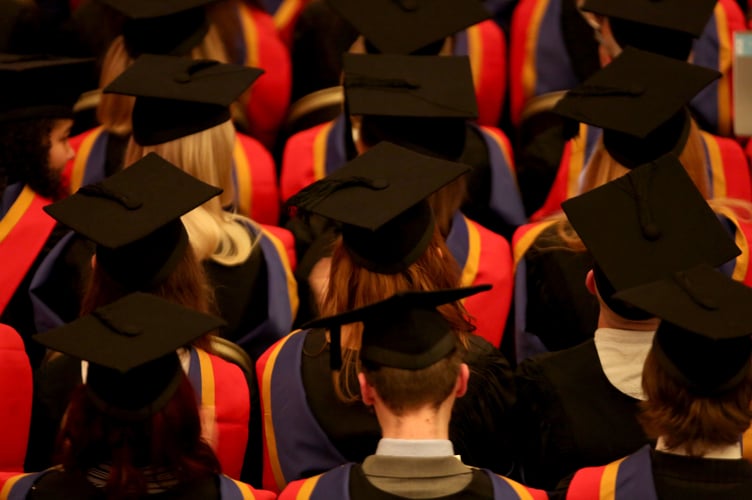Children on free school meals in Somerset were far less likely to go on to higher education than their peers, new figures show.
Education charities have called for more to be done to help children from disadvantaged backgrounds attend university, with the gap in higher education attendance at its highest ever level.
New figures from the Department for Education show – for the 2021 to 2022 school year – 14% of children in Somerset receiving free school meals aged 15 were in higher education at 19.
By comparison, this figure was 36.2% among their peers.
This divide grew from the year before, when 17.5% of the areas poorest children went on to attend higher education, compared to 36.6% for the rest of their cohort.
Across England, more children on free school meals are going on to universities and other institutions – but the number has been increasing at a slower rate than for their peers.
As a result, the gap in higher education enrolment is at its highest level on record – at 20.2%.
The Fair Education Alliance – a group of organisations looking to improve how young people are educated – said it is concerned about the hurdles faced by children from disadvantaged backgrounds.
Janeen Hayat, the alliance's director of collective action, said: "We know university is one of the key ways young people from poorer backgrounds can increase their chances of employment.
"We also know that the growing inequality we see in university admissions starts much earlier in education, with the attainment gaps at the end of primary and secondary school each at their highest point in over a decade."
She further cautioned the gap in educational outcomes starts earlier in life – and while widening access was university is important, work needs to be done to prevent academic disparities early on.
Despite a small increase in attendance among the least well off, a significant gap also exists when it comes to "high-tariff" higher education providers – those that require the best grades to attend.
Across England, most children are almost three times as likely to enrol in a top institution as those who have previously received free school meals.
In Somerset, just 1.9% of the most disadvantaged children were attending a "high tariff" provider aged 19 – compared to 9.1% for the rest of their cohort.
Natalie Perera, chief executive of the Education Policy Institute think tank, agreed disparities start long before young people leave school.
"We have already recommended that the government should extend the pupil premium to disadvantaged students in post-16 education, underpinned by a cross-government child poverty strategy to tackle the root causes behind rising inequalities," she said.
A Department for education spokesperson said: "A greater proportion of free school meal eligible pupils are going on to higher education than ever before.
"There is always more work to be done, and we are continuing to work with the Office for Students to make sure the brightest pupils from every walk of life are supported to earn places at our world-class universities," they added.




